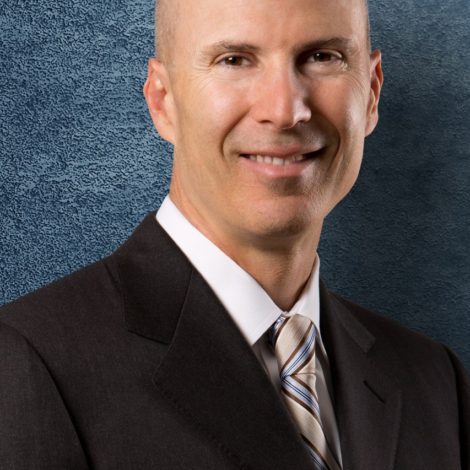As an insurance agent or broker, you have, above all else, a singular mission: to make certain insureds are adequately covered against exposure to loss or, at the very least, to help clients understand their liabilities and how they can best manage risks through insurance.
That’s right, an insured’s potential exposure is at the heart of all you do as a producer. But there’s another party’s exposure you should be equally concerned about — yours. No doubt, you have in place a policy of errors and omissions insurance in the event of a claim against you (and if you don’t, what are you waiting for?).
But beyond professional liability coverage, there’s a lot you can do to manage E&O exposure, all the while protecting your reputation and customer goodwill.
Pitfalls Aplenty
In the litigation-happy world we live in, there’s a long list of producer missteps that can trigger an E&O claim.
You failed to procure the coverage limits requested by a client; forgot to add comprehensive and collision insurance on an auto policy even though the insured asked for full coverage; advised your customer they were covered for earthquake damage, yet you never procured a separate EQ policy; didn’t document your file after an insured declined cyber coverage, and that client (which just suffered a data breach) insists you never offered it. If any of the above ring true, put your E&O carrier on notice.
Long story short, be it an administrative error or a host of other failures on the part of a producer — the failure to secure appropriate insurance for a client; failure to identify a customer’s exposures due to deficient risk analysis; failure to correctly explain policy terms and coverage limits; failure to convey to an insured changes in policy coverage; failure to submit a claim on a client’s behalf; or failure to send accurate customer information to an insurer — a possible E&O claim is always lurking.
Managing Your Own Risk
In the name of loss prevention and to minimize the chances of staring down the barrel of an E&O claim, it’s prudent to implement the following best practices:
Document, document, document. First and foremost, be sure to adequately document your files, especially when an insured declines coverage you’ve recommended. When this is the case, send a confirming email or get it in writing. As a rule, you should not only document your client interactions, you should save all correspondence too.
Back to school. Educate customers so they fully understand their insurance needs and potential exposures, as well as all critical policy terms and exclusions, applicable policy limits, and available optional coverage that would provide them with sufficient protection. At the same time, never exaggerate the extent of a client’s coverage.
Due diligence. Carefully review your insureds’ policies to verify they contain the coverage requested. Have customers confirm in writing they’ve received their policies as ordered. And don’t represent that coverage is bound until the insurer has received payment and the relevant policy has been issued.
Meet and greet. Confer with clients annually to review their insurance needs and discuss any changes in circumstances or exposures that might require coverage adjustments. When doing so, it may be helpful to use a coverage checklist that references areas of potential exposure. Meet with your carriers at least once a year to stay up-to-date on products you’re selling, as well as ever-changing insurance company procedures. Your employees must be made aware of the latter.
Measure twice, cut once. In everything you do on behalf of customers, take your time and be measured, thorough and, most importantly, accurate. Should a claim be filed against you, report it to your E&O carrier immediately so that you don’t jeopardize the defense and indemnity you may be entitled to.
The Takeaway
The benefits of these tried-and-true methods are twofold: you’ll wow your insureds with customer service, and help shield yourself from professional liability. That’s a win-win.
Was this article valuable?
Here are more articles you may enjoy.


 Aon Extends Employment Agreement With CEO Case
Aon Extends Employment Agreement With CEO Case  Disney Worker Injured Trying to Stop Runaway Boulder at Indiana Jones Show
Disney Worker Injured Trying to Stop Runaway Boulder at Indiana Jones Show  AIG’s Zaffino to Step Down as CEO as Aon’s Andersen Steps In
AIG’s Zaffino to Step Down as CEO as Aon’s Andersen Steps In  FBI Involved After Two Florida Injury Lawyers Go Missing From Fishing Trip
FBI Involved After Two Florida Injury Lawyers Go Missing From Fishing Trip 



